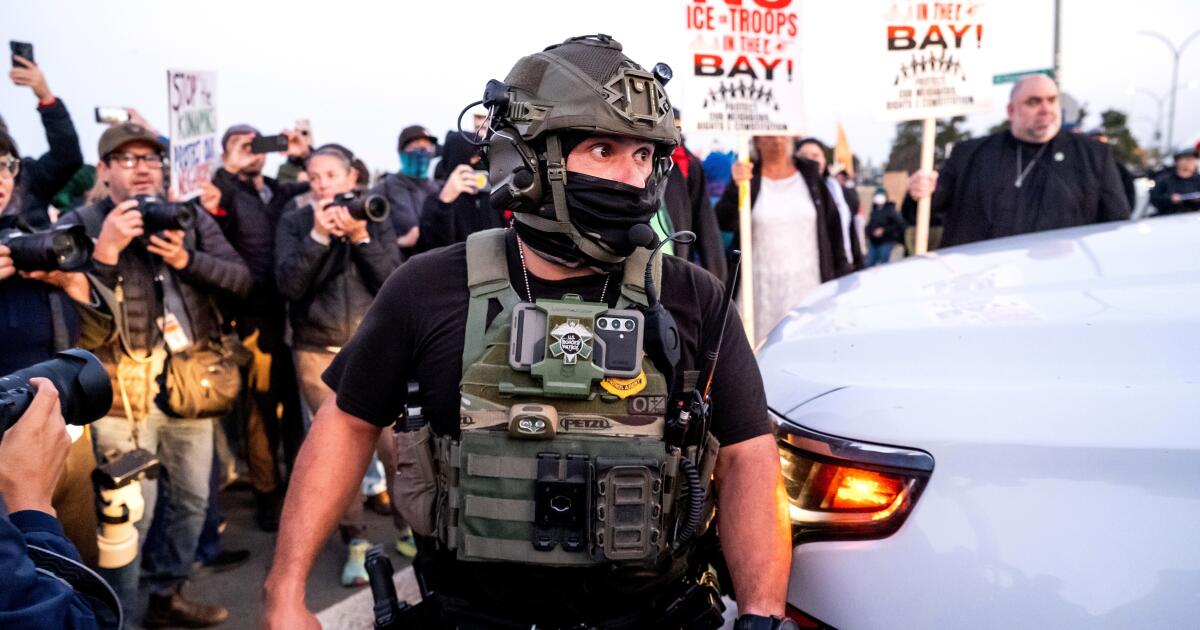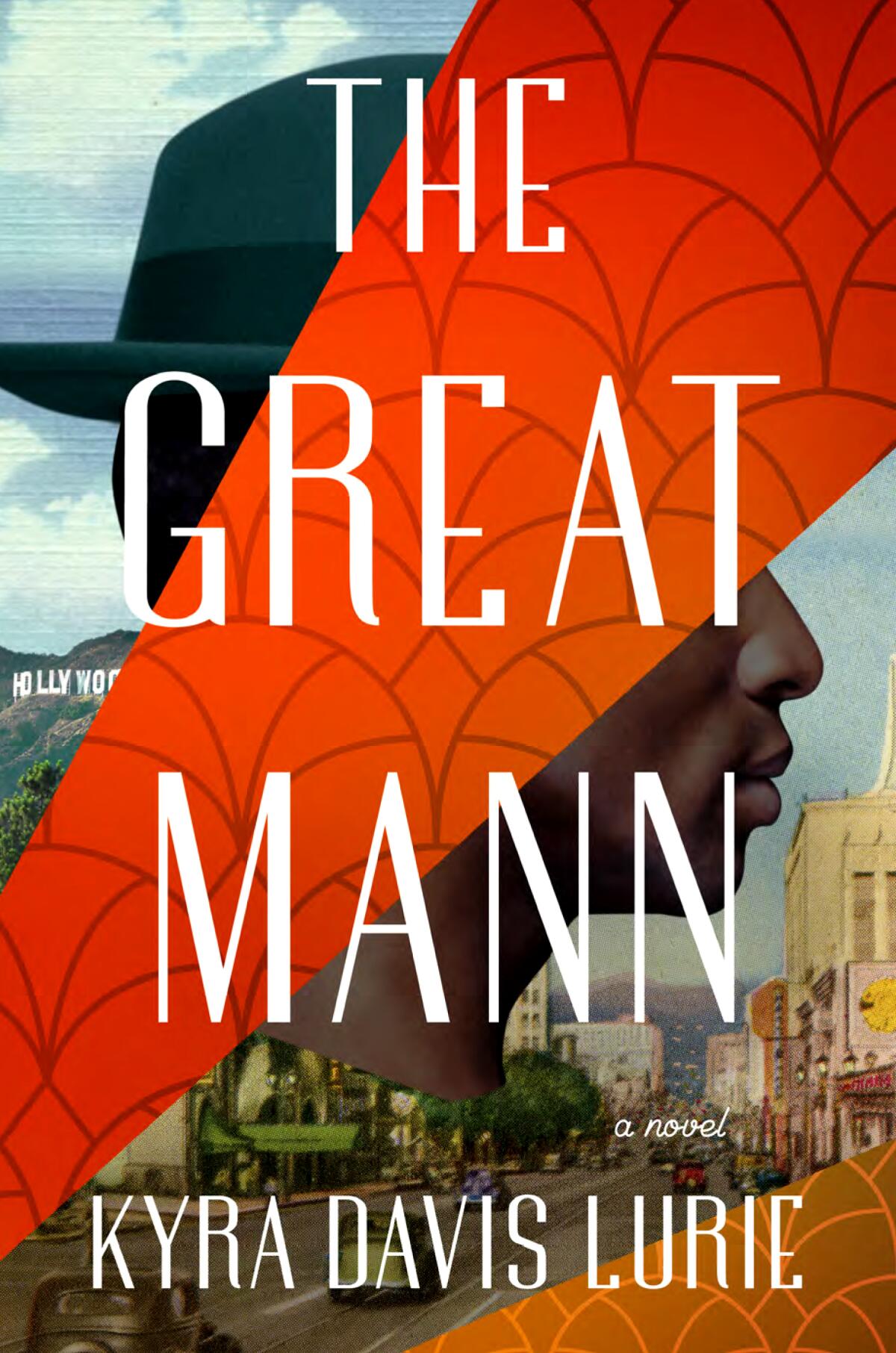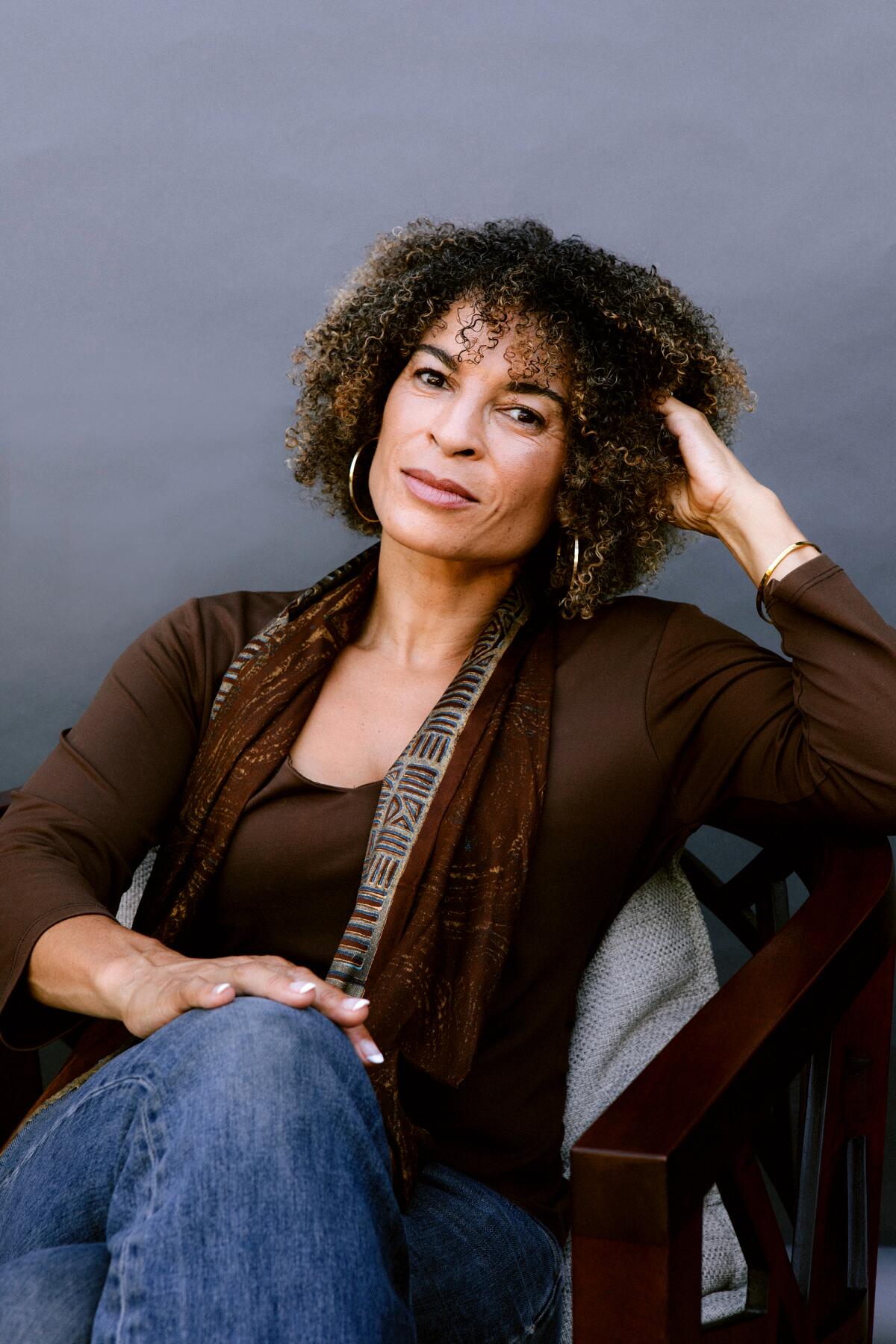Federal immigration enforcement surge now paused in East Bay too
A planned increase in federal immigration enforcement in the Bay Area is now on pause throughout the region and in major East Bay cities, not just in San Francisco, Oakland Mayor Barbara Lee said Friday.
Lee said in a statement that Alameda County Sheriff Yesenia Sanchez had “confirmed through her communications” with federal immigration officials that the planned operations were “cancelled for the greater Bay Area — which includes Oakland — at this time.”
The announcement followed lingering concerns about ramped up immigration enforcement among East Bay leaders after President Trump and San Francisco Mayor Daniel Lurie announced Thursday that a planned “surge” had been called off in San Francisco.
Trump and Lurie had very specifically addressed San Francisco, even as additional Border Patrol agents were being staged across the bay on Coast Guard Island, which is in the waters between Alameda and Oakland.
At a press conference following Trump’s annoucement about San Francisco, Lee had said the situation remained “fluid,” that she had received no such assurances about the East Bay and that Oakland was continuing to prepare for enhanced immigration enforcement in the region.
Alameda County Dist. Atty. Ursula Jones Dickson had previously warned that the announced stand down in San Francisco could be a sign the administration was looking to focus on Oakland instead — and make an example of it.
“We know that they’re baiting Oakland, and that’s why San Francisco, all of a sudden, is off the table,” Jones Dickson said Thursday morning. “So I’m not going to be quiet about what we know is coming. We know that their expectation is that Oakland is going to do something to cause them to make us the example.”
The White House on Friday directed questions about the scope of the pause in operations and whether it applied to the East Bay to the Department of Homeland Security, which referred The Times back to Trump’s statement about San Francisco on Friday — despite its making no mention of the East Bay or Oakland.
In that statement, posted to his Truth Social platform, Trump had written that a “surge” had been planned for San Francisco starting Saturday, but that he had called it off after speaking to Lurie.
Trump said Lurie had asked “very nicely” that Trump “give him a chance to see if he can turn it around” in the city, and that business leaders — including Jensen Huang of Nvidia and Marc Benioff of Salesforce — had expressed confidence in Lurie.
Trump said he told Lurie that it would be “easier” to make San Francisco safer if federal forces were sent in, but told him, “let’s see how you do.”
Lurie in recent days has touted falling crime rates and numbers of homeless encampments in the city, and said in his own announcement of the stand down that he had told Trump that San Francisco was “on the rise” and that “having the military and militarized immigration enforcement in our city will hinder our recovery.”
In California and elsewhere, the Trump administration has aggressively sought to expand the reach and authority of the Border Patrol and federal immigration agents. Last month, the DOJ fired its top prosecutor in Sacramento after she told Gregory Bovino, chief of the Border Patrol’s El Centro Sector, that he could not carry out indiscriminate immigration raids around Sacramento this summer.
In Oakland on Thursday, the planned surge in enforcement had sparked protests near the entrance to Coast Guard Island, and drew widespread condemnation from local liberal officials and immigrant advocacy organizations.
On Thursday night, security officers at the base opened fire on the driver of a U-Haul truck who was reversing the truck toward them, wounding the driver and a civilian nearby. The FBI is investigating that incident.
Some liberal officials had warned that federal agents who violated the rights of Californians could face consequences — even possible arrest — from local law enforcement, which drew condemnation from federal officials.
Deputy Atty. Gen. Todd Blanche responded with a scathing letter to Gov. Gavin Newsom and others on Thursday in which he wrote that any attempt by local law enforcement to arrest federal officers doing their jobs would be viewed by the Justice Department as “both illegal and futile” and as part of a “criminal conspiracy.”
Blanche wrote that the Supremacy Clause of the Constitution precludes any federal law enforcement official to be “held on a state criminal charge where the alleged crime arose during the performance of his federal duties,” and that the Justice Department would pursue legal action against any state officials who advocate for such enforcement.
“In the meantime, federal agents and officers will continue to enforce federal law and will not be deterred by the threat of arrest by California authorities who have abdicated their duty to protect their constituents,” Blanche wrote.
The threat of arrest for federal officers had originated in part with San Francisco Dist. Atty. Brooke Jenkins, who had written on social media that if federal agents “come to San Francisco and illegally harass our residents … I will not hesitate to do my job and hold you accountable just like I do other violators of the law every single day.”








